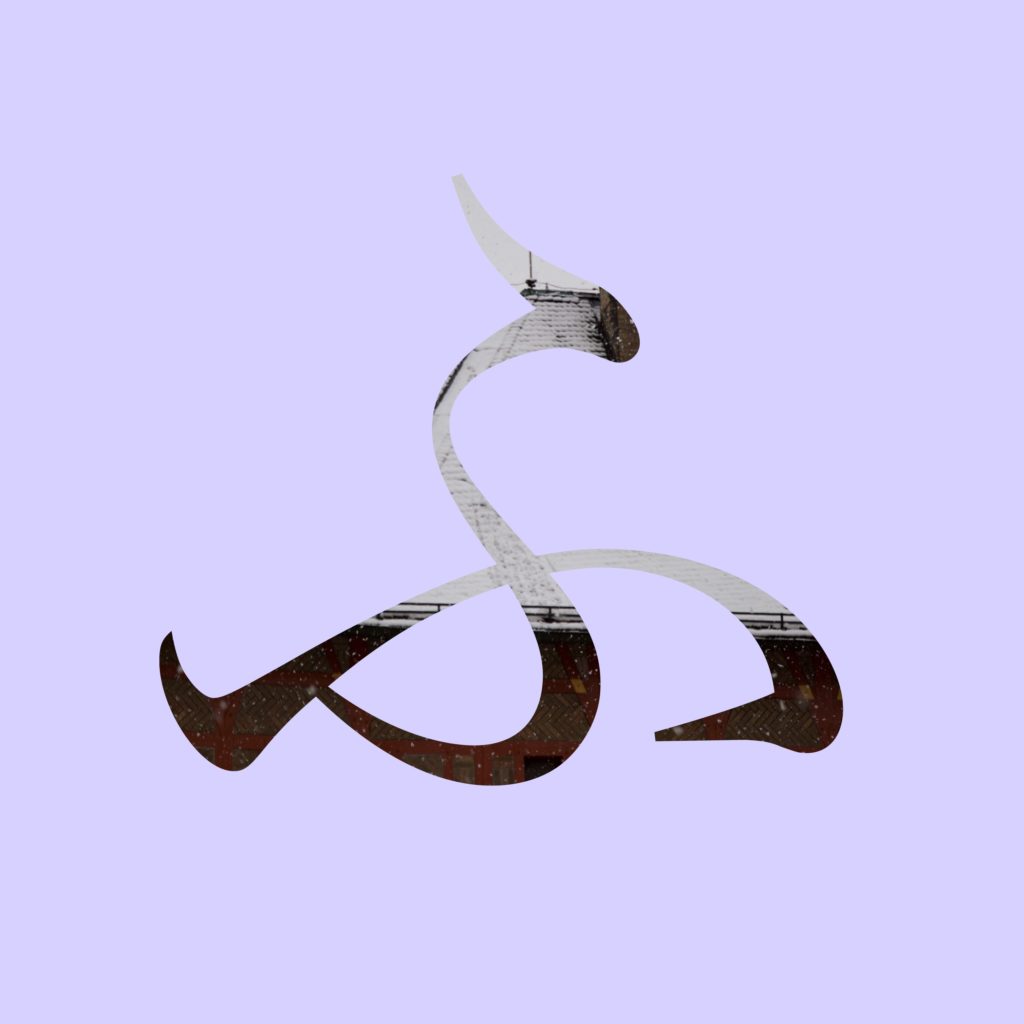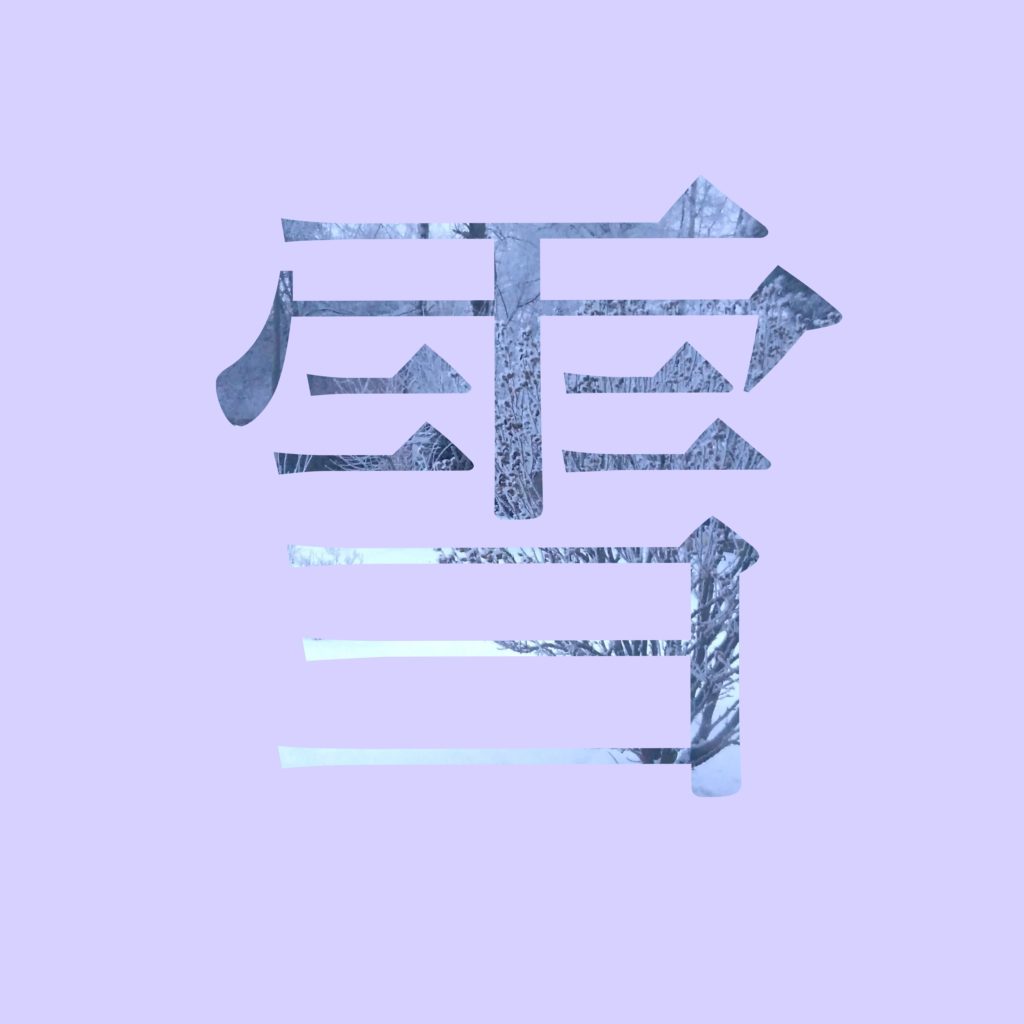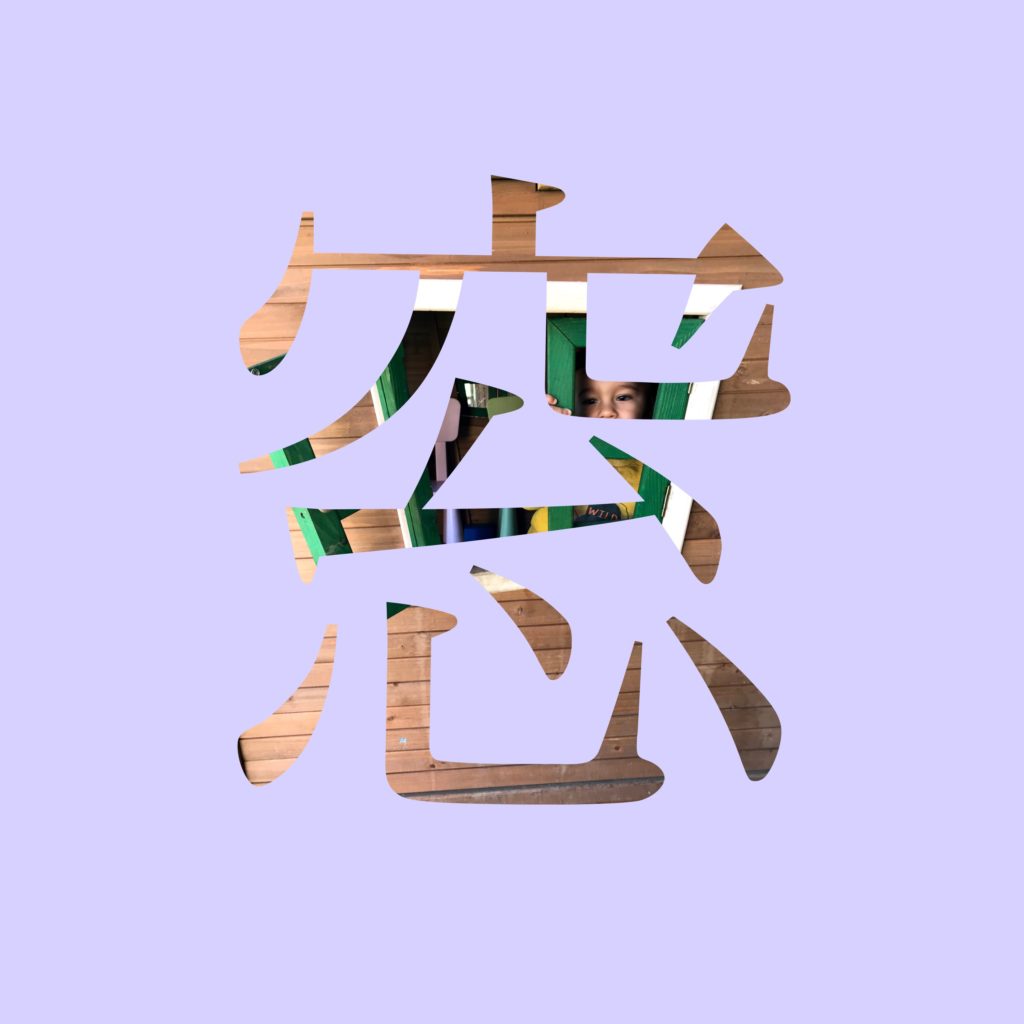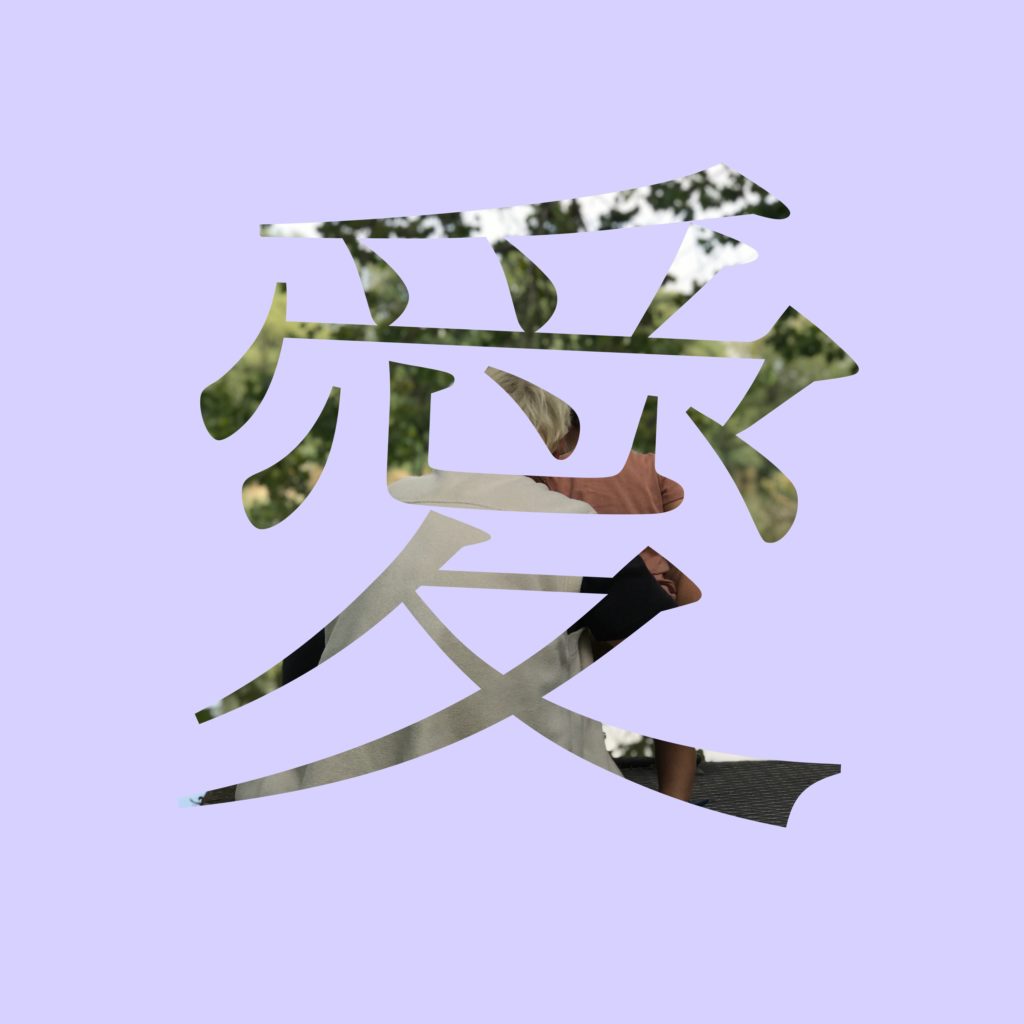How to describe something as complicated as Japanese system of writing in simple words?
Let us start with this – Japanese does not have ONE but TWO alphabets – hiragana and katakana. And mastering these should be considered as a gentle wam-up before the life-term marathon called kanji.
Why the hell someone needs two alphabets and what the heck is kanji?
Good questions and the answers surprisingly make sense… Japanese for its nature needs these three components because they are used in different situations and support each other by their functions. Here we go:
- Hiragana – Japanese alphabet consists of 5 vowels (A, I, U, E, O), 40 syllables and 1 consonant „N“. It is used for phonetical transliteration of words with Japanese origin (we either do not know kanji for the word or the kanji is already too formal or obscure), it is also used for okurigana (word suffixes following the root of kanji, for example to inflect verbs and adjectives), also for prepositions, conjuctions, particles (a particular parts of speech in Japnese), etc.
- Katakana – Japanese alphabet consists of 5 vowels (A, I, U, E, O), 40 syllables and 1 consonant „N“. It is used for phonetical transliteration of words with NON-Japanese origin, is also used to highlight words in a text, for interjections (onomatopoeia) and technical or scientific terms.
- Kanji – characters that not only bear the audio form but they also carry a meaning (main difference from hiragana and katakana). Therefore, we must know how to WRITE, how to PRONOUNCE, but also how to UNDERSTAND the meaning of the kanji. There are thousands of kanji, however every Japanese must know so called „jōyō kanji“. It is an official list of 2136 essential kanji characters, published in 2010 by Japanese Ministry of Education.
These are a few samples from each of the written components from above, so that you can have a closer look at how different is hiragana (round, elegant, cursive-looking) from katakana (sharp, boxy, strict, simply, futuristic-looking) and how elaborate kanji actually are.

Hiragana MA 
Hiragana FU 
Hiragana KI 
Katakana KE 
Katakana SU 
Katakana KO 
Kanji YUKI (snow) 
Kanji MADO (window) 
Kanji AI (love)
We could write so much more about the topic and we will gladly do so in new posts with more details. Let us know what you would be interested in and will do our best to give you the best reply.
Do not forget you can follow us on our Instagram account @teaching_gengo. We dedicate this space to written Japanese, as well as everyday communication in Japanese and interesting facts about the culture and history of Japan.
